Imagine spending years optimizing your website for search traffic, only to see Google answer your audience’s questions before they even click your link.
That’s exactly what AI Overviews are doing. By generating instant, AI-powered responses directly in search results, Google is making it super easy for users to get the information they need without visiting your website.
In this guide, we’ll break down how AI Overviews are reshaping search and, more importantly, share actionable strategies to future-proof your SEO.
Contents
- The current state of AI Overviews
- 5 ways AI Overviews are changing SEO (+What to do about it)
- 3 ways to future-proof your strategy
The current state of AI Overviews
AI Overviews, first launched as Search Generative Experience in May 2023, have already seen a measurable impact. A recent study by SparkToro found that over 58% of Google searches now result in zero clicks, meaning most users find what they need without ever engaging with external websites.

An example of an AI Overview.
As Google continues to expand AI Overviews, this trend is expected to grow, further cutting into organic traffic and making traditional SEO tactics less effective.
Plus, AI Overviews now show for 47% of searches—most of those informational—but with the potential to spread to other types in the future.
But it’s not all bad news. While AI Overviews are changing the game, they’re also creating new opportunities for brands that know how to adapt. Google’s market share is still around 90%, and search volume grew by 21% in 2024 (four times ChatGPT’s total search volume).
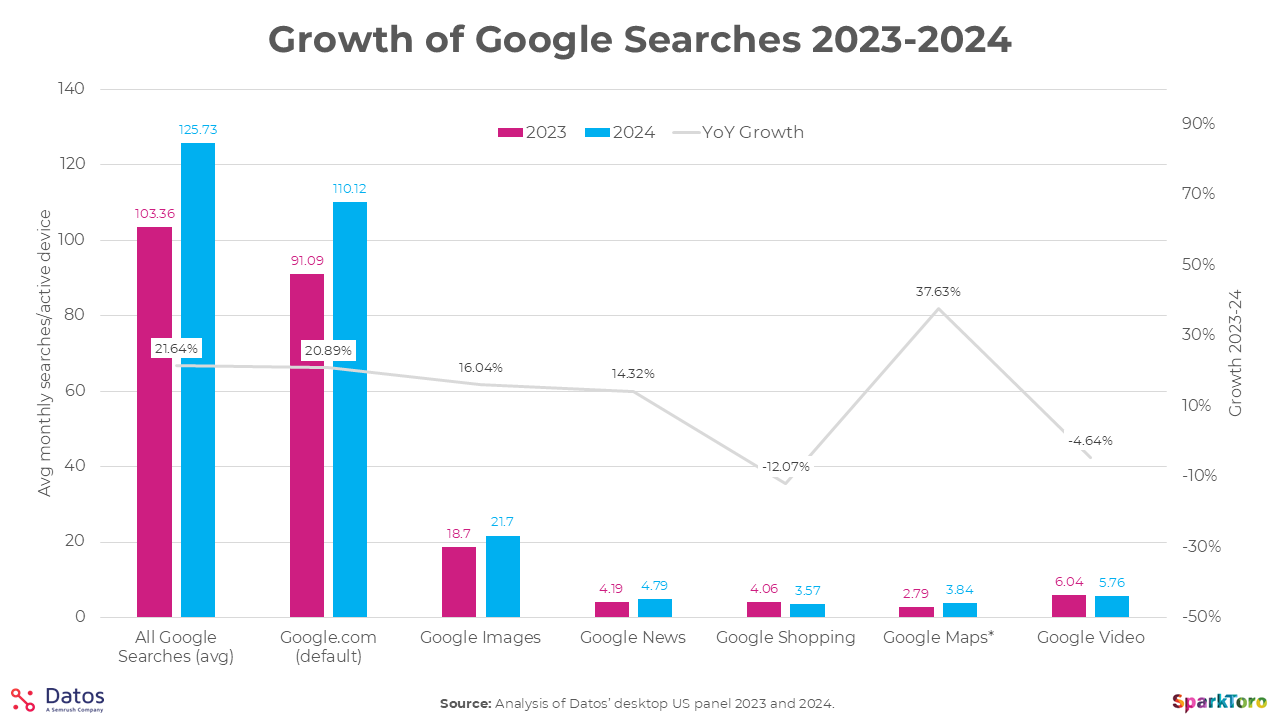
With this information in mind, it’s safe to say that SEO isn’t dead yet—it’s just evolving, and businesses that adjust their strategies now will be the ones that thrive.
👀 Need a refresher on how AI is impacting marketing (+some tips and tricks)? Free download >> Emergency Guide to AI in Marketing
5 ways AI Overviews are changing SEO forever (+how you can adapt to keep traffic and rankings)
Let’s dive into the big ways AI Overviews are impacting SEO and what you can do about it.
1. Organic clicks are plummeting
The data makes it clear: A Semrush study of 10,000 informational keywords found that AI-generated summaries significantly reduced both organic and paid click-through rates. Meanwhile, Moz’s latest research suggests that AI Overviews could slash organic traffic by 18% to 64%, particularly for websites that provide straightforward informational content.
This shift is particularly concerning for businesses that rely on organic traffic to generate leads and revenue. If users no longer have to click through to find the information they need, websites will see fewer visits, which will lead to massive losses in revenue.
How to adapt and maintain traffic
Rather than competing with AI-generated summaries, businesses should focus on creating content that AI can’t easily replicate or condense. The key is to provide value beyond a quick answer by offering depth, originality, and real-world application.
- Create content with depth and complexity: AI excels at summarization but struggles with in-depth analysis. Publishing comprehensive, expert-backed content that explores topics from multiple angles will make your content harder to replace.
- Example: Google May Have to Sell Chrome: What You Need to Know. This article goes beyond surface-level reporting with expert-led analysis and bold opinions AI can’t replicate. While an AI Overview might summarize the basic facts, it can’t capture the nuance of potential market impacts and forward-looking insights.
- Leverage original research and unique data: AI models pull information from existing sources, which means they cannot generate new data on their own. Websites that publish original research, proprietary data, and industry reports can offer something AI simply cannot replicate. Conducting surveys, running experiments, and presenting firsthand insights will make content more valuable and difficult for AI to summarize.
- Example: Google Ads Benchmarks for 2025: New Trends & Insights for Key Industries. This piece analyzes over 16,000 U.S.-based search advertising campaigns from April 2024 through March 2025, providing proprietary data on metrics such as click-through rates, cost per click, conversion rates, and cost per lead across various industries.
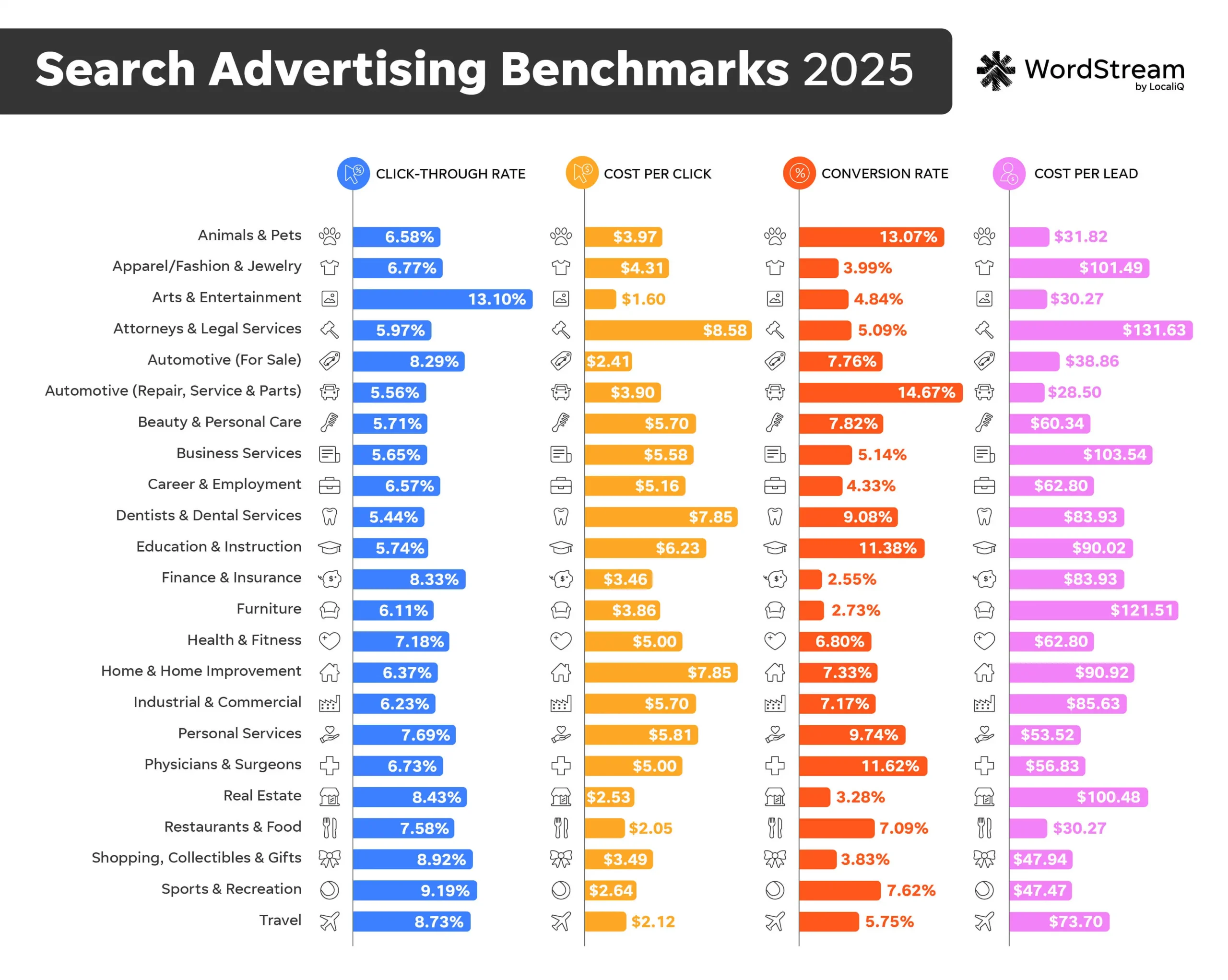
- Provide case studies and real-world applications: One of the best ways to differentiate content is by showcasing real-world applications through case studies. AI-generated summaries provide general information, but they lack the nuance of real experiences. Businesses that share in-depth success stories, failures, and lessons learned create content that feels more practical, credible, and engaging.
- Example: SEO Case Study: How I Increased SEO Traffic by 600% in 24 Months. This piece details the strategies employed to achieve a substantial increase in SEO traffic, offering readers practical insights into effective SEO practices.
- Develop step-by-step, highly detailed ‘how-to’ guides: While AI can generate general guides, it often lacks the ability to walk users through complex processes with precision. Content that breaks down tasks into clear, actionable steps (especially when combined with screenshots, video tutorials, or interactive elements) can make a significant difference in engagement and retention.
- Example: How to Run Google Ads: The Step-by-Step Recipe to Success resource. This guide simplifies Google Ads with a structured, easy-to-follow process supported by screenshots, examples, and a video.
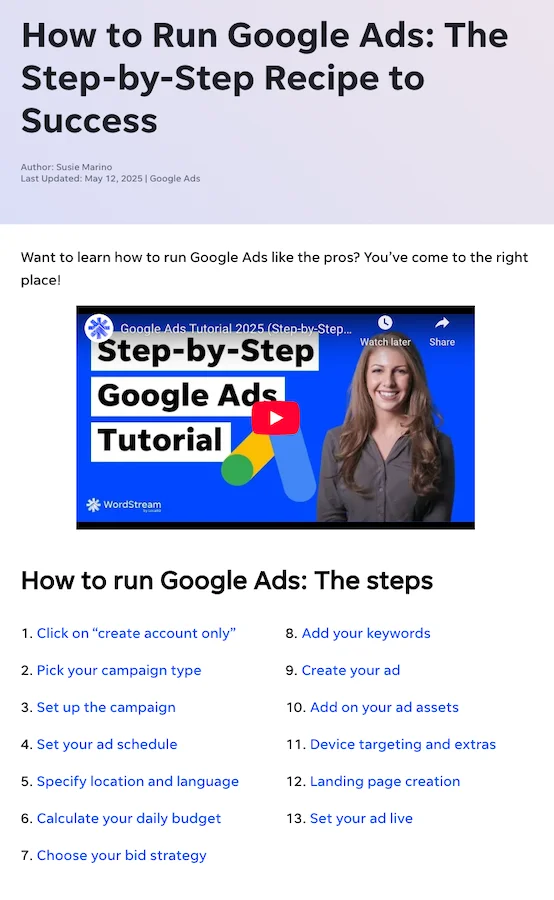
- Optimize for featured snippets to maintain visibility: Although AI Overviews dominate the top of search results, featured snippets remain a valuable way to capture attention. Structuring content in a way that makes it easy for Google to feature (such as using clear subheadings, bullet points, and concise answers) can help businesses remain visible even as organic traffic declines.
- Example: 4 Ways to Optimize for Zero-Click Searches. This piece discusses strategies such as structuring content with clear subheadings, bullet points, and concise answers to increase the likelihood of being featured in Google’s snippets.
2. Content summaries can misrepresent brands
AI-generated summaries pull information from multiple sources, often stripping away essential context or excluding critical details. This can result in misrepresentation of a brand’s messaging, leading to confusion, diminished trust, and lost conversions. Unlike human-curated content, AI Overviews do not prioritize brand intent, which means that businesses risk losing control over how they are perceived in search results.
Here’s an example of how AI summaries can cause problems: In February 2025, Google’s AI chatbot, Gemini AI, falsely claimed in a Super Bowl ad that Gouda cheese accounts for “50-60% of the world’s cheese consumption.” This faulty statistic sparked social media backlash and led Google to quietly edit the ad to remove the incorrect information. The incident underscored how AI-generated content can disseminate false information, potentially misleading audiences and harming brand credibility.
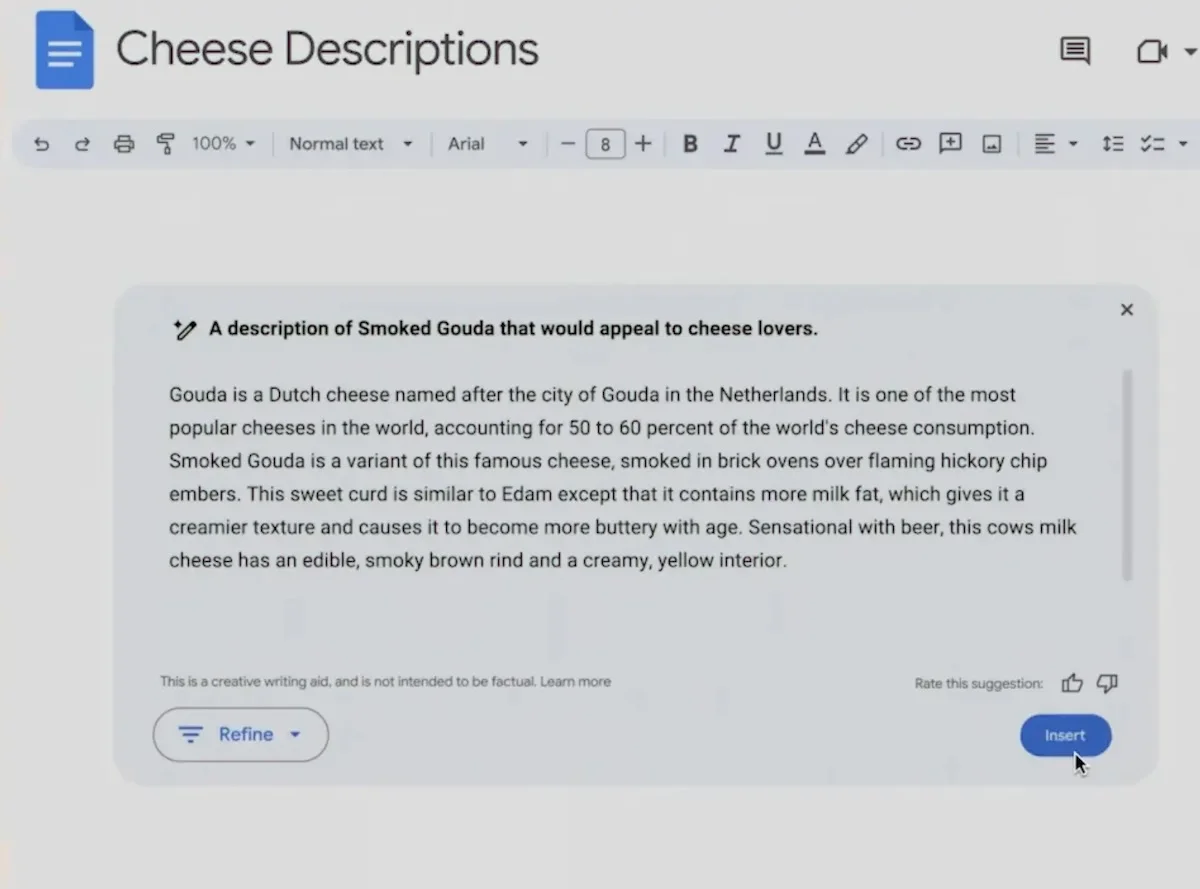
How to maintain control over your brand message
While businesses cannot directly control AI-generated summaries, they can take proactive steps to influence how AI interprets their content. The key is to structure content in a way that reinforces brand messaging and ensures that AI pulls the most relevant details.
- Structure content with AI-friendly summaries: Since AI prioritizes content that is easy to extract and summarize, brands should create clearly defined sections that highlight key takeaways.
- “Think of AI Overviews like citations: Write your content as if it’s the perfect key takeaway someone would highlight in an article. AI Overviews prioritize clear, helpful information, so focus on easy-to-understand definitions, examples, and explanations without burying them in long paragraphs or filler. Formatting matters too. Based on my experience, AI Overviews rely on header hierarchy to extract key information,” said Rease Rios, Senior Content Marketing Manager at Postman.
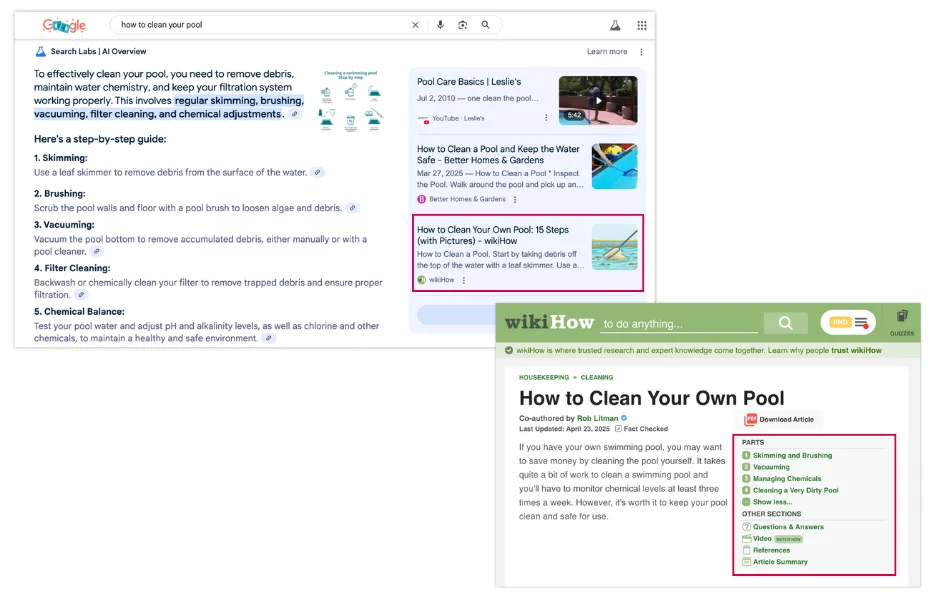
- Use structured data to reinforce key information: “Formatting matters too. Based on my experience, AI Overviews rely on header hierarchy to extract key information,” Rease adds.
- Schema markup helps search engines understand a page’s content more accurately. Businesses can reduce the risk of AI misinterpretation by adding structured data that defines brand values, product benefits, and unique selling propositions.
- Ensure brand values and USPs appear early in the content: AI often pulls information from the beginning of an article or webpage. Placing a company’s mission, differentiators, and core value propositions within the first few sentences increases the chances that AI will include them in its summary.
- Publish authoritative content across multiple trusted sources: Since AI gathers information from a variety of sources, businesses can reinforce their messaging by ensuring consistency across multiple platforms. Guest posts, PR mentions, and collaborations with authoritative industry websites can help shape the data AI pulls when generating summaries.
🎉 Need help creating your unique value proposition? Get the guide >> How to Create a Unique Value Proposition From the Ground Up
3. Authority signals matter more than ever
“Authority matters because internet users get savvier every day,” Rease said.
Google recognizes that, so its AI Overviews tend to prioritize content from authoritative sources, making it significantly harder for smaller or newer websites to gain visibility.
Since AI-generated summaries pull information from sources deemed trustworthy by Google, businesses without an established online reputation risk being overshadowed by industry giants.
Google’s Search Quality Guidelines emphasize the importance of Experience, Expertise, Authoritativeness, and Trustworthiness (EEAT) in ranking content. AI Overviews follow these same principles, favoring information from well-recognized publishers, government websites, and established industry leaders.

Studies by Ahrefs have also shown that websites with a strong backlink profile—particularly those with links from reputable domains—are far more likely to appear in AI-curated search results. This means that without a strong foundation of credibility and authority, smaller businesses may struggle to compete.
How to establish authority and improve AI visibility
For businesses looking to improve their chances of being featured in AI Overviews, the key is to build credibility through strategic content efforts and high-quality backlinks. Here’s how to do it effectively:
- Secure backlinks from trusted industry websites: AI places a heavy emphasis on authority, and backlinks from reputable sources act as endorsements of a site’s credibility. Focus on earning links from well-respected industry blogs, major publications, and educational institutions by publishing valuable content that others want to reference.
- Publish thought leadership content featuring expert insights: AI Overviews favor content written by recognized experts in their fields. Businesses can increase their perceived authority by producing in-depth articles, whitepapers, and research-backed reports featuring insights from industry professionals. Including author bios that highlight credentials can further strengthen credibility.
- Collaborate with established industry leaders: Partnering with recognized experts through guest posts, interviews, and co-authored content can enhance a brand’s authority. Being cited or featured in reputable sources also increases the likelihood that AI will consider a website trustworthy enough to pull information from.
- Regularly update content with fresh data and authoritative references: AI favors content that is both relevant and well-supported by reliable sources. Regularly updating blog posts, case studies, and research articles with the latest statistics, reports, and citations from trusted organizations ensures that content remains competitive in AI-driven search results.
4. Long-tail and niche keywords are growing in importance
AI Overviews are optimized for broad, high-volume search queries but often struggle to provide relevant answers for specific, nuanced searches. This presents an opportunity for businesses to target long-tail and niche keywords, capturing high-intent traffic that AI may overlook.
Because AI-generated summaries pull generalized information from authoritative sources, they tend to offer one-size-fits-all responses. However, when users search for highly specific queries, such as industry-specific recommendations or in-depth comparisons, AI often fails to deliver personalized insights.
Postman is a great example: The company is shown twice in AI Overviews and once in the feature snippet for the keyword “soap api.”
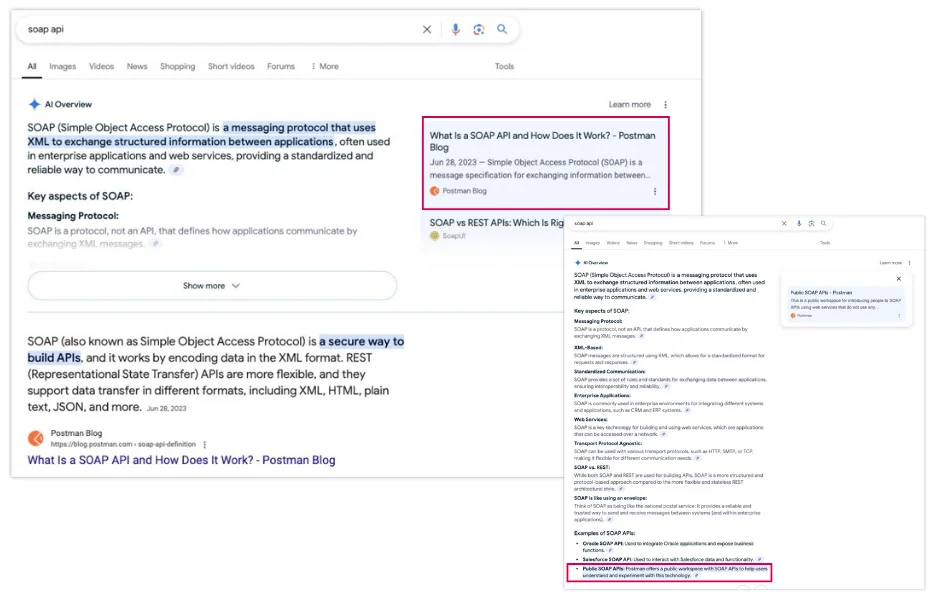
How to capitalize on AI’s weaknesses
To compete effectively, businesses should focus on keywords that require depth, expertise, and niche-specific knowledge. Here’s how to identify and optimize for these opportunities:
- Use keyword tools to find AI-resistant queries: AI struggles with highly detailed, less frequently searched queries. Tools like AlsoAsked, AnswerThePublic, and Google’s ‘People Also Ask’ can reveal questions AI may not answer well, giving businesses the chance to create content that fills those gaps. (You can also try WordStream’s Free Keyword Tool to help here!)
- Create in-depth, industry-specific content: Generic AI summaries cannot match content that provides specialized insights. Businesses should focus on producing articles that incorporate expert perspectives, detailed comparisons, and real-world applications relevant to a specific audience.
👀 Looking for more ways to drive people to your site? Free guide >> 25 Ways to Increase Traffic to Your Website
5. Visual and video content is gaining ground
As AI Overviews evolve, they increasingly prioritize video and visual content over traditional text-based answers. This shift gives an advantage to businesses investing in multimedia, particularly video tutorials, product demonstrations, and visually engaging content.
- 91% of businesses say video marketing has increased their traffic, according to Wyzowl’s Video Marketing Report.
- Google’s AI favors video-based tutorials and product demos because they provide a more engaging and practical way to answer user queries.
With AI Overviews now embedding video content directly in search results, businesses that leverage multimedia effectively can gain an edge over competitors relying solely on written content.
How to optimize for AI-driven video search
To increase visibility in AI-powered search, brands must ensure their video content is both high-quality and optimized for discovery. Here’s how:
- Create video content designed for search: Videos should target specific search queries, with keyword-rich titles, detailed descriptions, and timestamps that help Google understand their content. AI favors well-structured videos that clearly answer user intent.
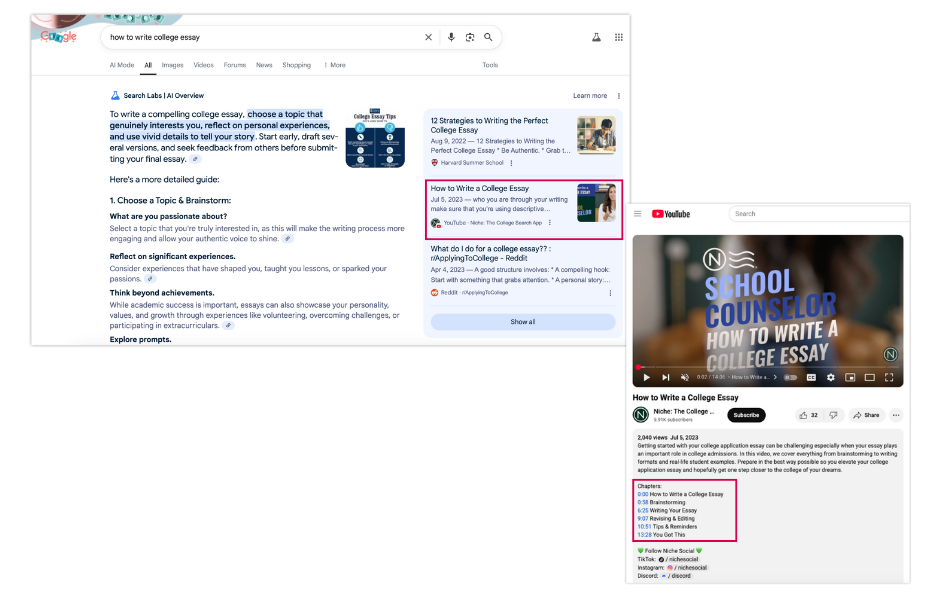
- Embed videos in blog posts and landing pages: Businesses should integrate videos into existing web pages rather than rely on video content alone. Relevant tutorials or demonstrations can boost on-page engagement and improve rankings in AI-driven search.
- Leverage YouTube SEO to drive traffic: Since Google prioritizes YouTube content in AI Overviews, optimizing for YouTube search is crucial. This includes writing detailed descriptions, adding relevant tags, and using engaging thumbnails to improve click-through rates.
Strategies to future-proof your SEO approach
As AI Overviews continue to reshape search results, businesses must adapt their SEO strategies to stay competitive. The key is to create content that AI struggles to replicate, optimize for structured visibility, and build brand authority across multiple platforms.
1. Develop “AI-resistant” content
“The best way to make your content AI-resistant isn’t to fight the algorithm. It’s to be irreplaceable. That means leaning into your brand voice and using authentic storytelling. When your content has personality and a perspective that AI can’t replicate, it naturally stands out. The content game is still about quality,” said Oskar Duberg, a freelance content specialist.
“AI-generated content is elevator music. Bland, forgettable, and very easy to tune out. To really stand out, your content needs a pulse. A beat. That means authentic storytelling, a clear perspective, and insights that come from personal experience, not just data,” Oskar said.
AI is excellent at summarizing widely available information, but it struggles with content that requires original thought, deep storytelling, and expert analysis. To ensure your content remains valuable and difficult for AI to replace, focus on:
- Publishing proprietary research that AI cannot replicate: Conduct original studies, run surveys, and publish unique data that adds fresh insights to your industry. AI cannot generate or summarize data that does not already exist.
- Interviewing industry experts for firsthand insights: AI pulls from existing sources, but expert interviews introduce fresh perspectives and nuanced opinions that AI cannot fabricate.
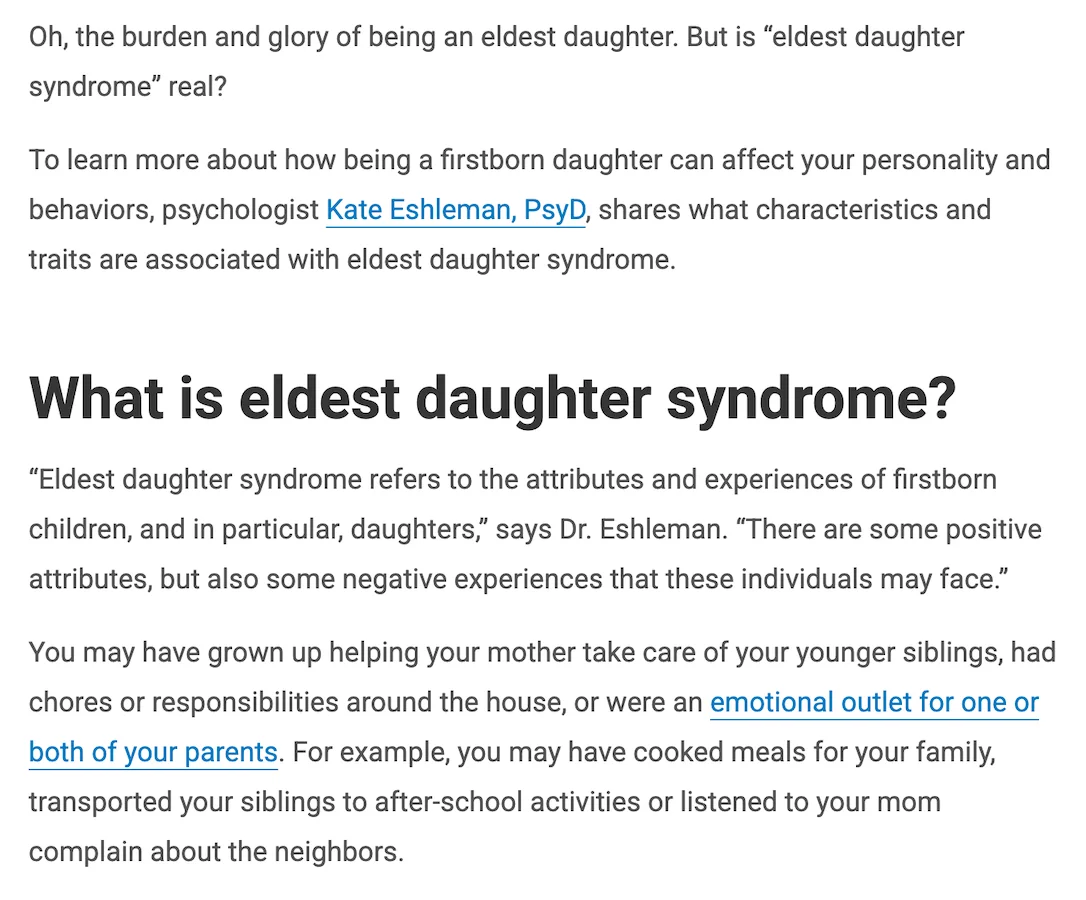
- Creating in-depth product comparisons that require subjective judgment: AI can summarize feature lists, but it struggles with subjective opinions, detailed comparisons, and personal recommendations that involve human decision-making.
- Writing case studies with real-world applications: AI cannot replicate real customer experiences, success stories, or business challenges. Detailed case studies with tangible results make your content irreplaceable.
By focusing on unique, high-value content that AI cannot easily summarize, businesses can safeguard their SEO performance despite AI-driven changes.
2. Optimize for “snippet-worthy” formatting
AI Overviews are drawn to well-structured content that’s easy to extract and display. If you want to increase your chances of showing up in AI-generated search results, optimizing for featured snippets and AI-friendly formatting is essential.
Stephanie Yoder, Director of Content at Rebrandly, puts it best: “To make your content AI-friendly, use clear headers (H2, H3) with relevant keywords. AI scans these headings to get a sense of your content, so optimized headers are key to boosting visibility.
Bullet points and numbered lists are also crucial because AI prefers concise, scannable information, and lists make it easier for the algorithm to pull your key takeaways. Lastly, structuring your content in a Q&A or FAQ format is a game-changer. AI loves pulling from Q&A sections, so answering common industry questions increases your odds of getting featured in snippets.”
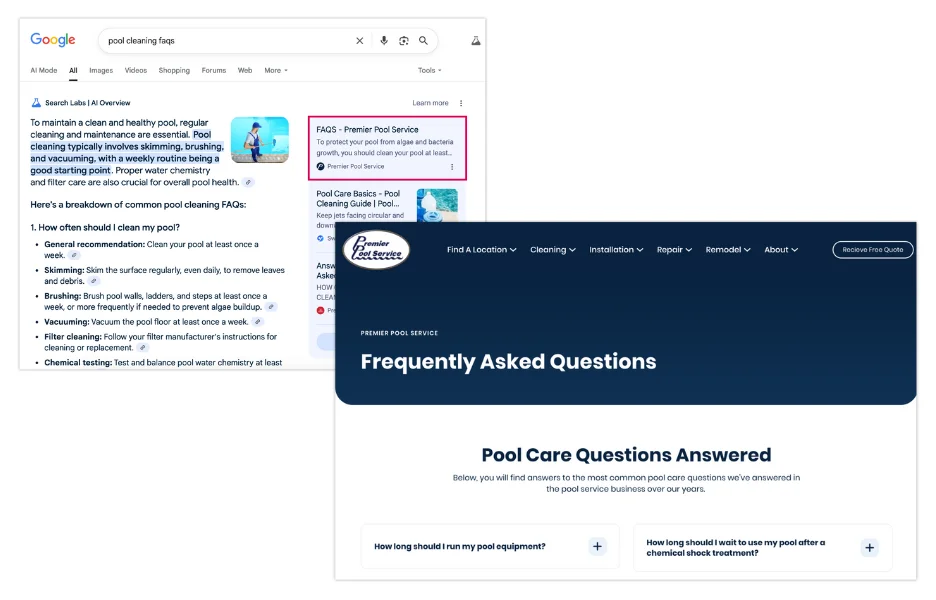
By following these best practices, you’re not just improving your AI visibility; you’re also ensuring your content stands out in organic search.
3. Strengthen brand authority
“With AI prioritizing trusted sources, building authority across multiple platforms is more critical than ever. Google’s AI is more likely to reference brands that have a strong digital presence and recognized expertise,” Stephanie said.
To establish authority:
- Earn mentions in high-authority industry publications: AI Overviews rely on information from trusted sources. Getting featured in top-tier publications and respected industry blogs improves credibility.
- Publish content on third-party platforms like LinkedIn and Medium: AI pulls from multiple sources, not just your website. Expanding your content distribution to high-authority platforms increases visibility.
- Actively engage in digital PR and guest posting: AI favors well-known thought leaders. Writing guest posts, contributing to industry discussions, and securing media coverage strengthen brand recognition.

“I like to think of AI Overviews as being cited as a source. You may not always get the traffic, but you will get the brand recognition and authority from being a trusted source” Rease said.
Stay ahead of the AI Overviews game
The rise of AI Overviews marks a fundamental shift in how search engines deliver information. As traditional SEO strategies evolve, businesses must embrace original research, optimize for structured visibility, and build brand authority to maintain their competitive edge.
Those who adapt to AI-driven changes—by creating high-value, AI-resistant content and strengthening their digital presence across authoritative platforms—will not only survive but thrive in the evolving world of search.
For support continuing to drive traffic in the world of AI, see how our solutions can help.







